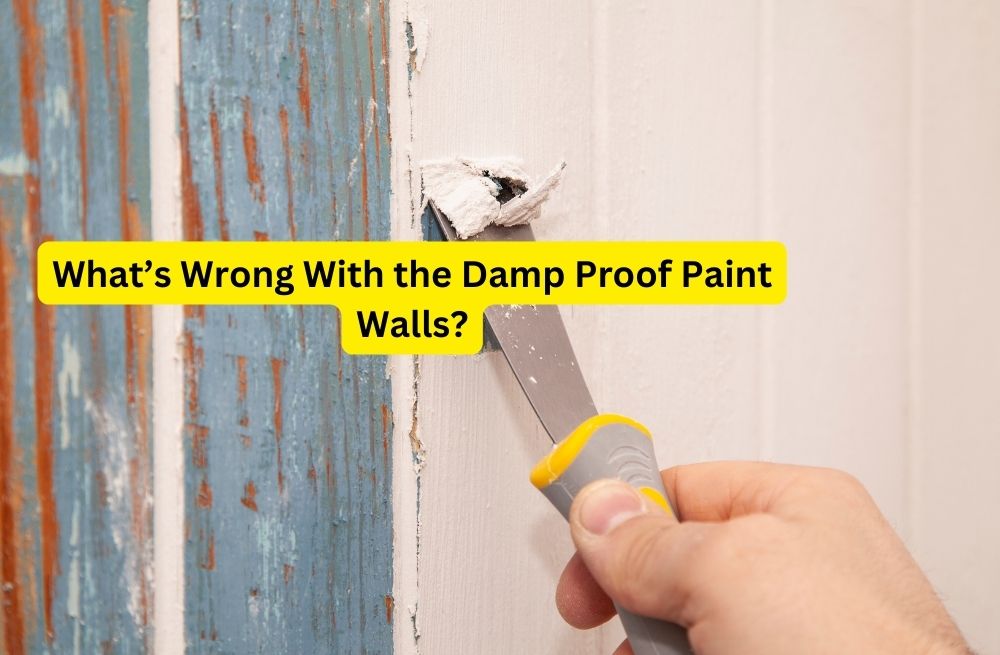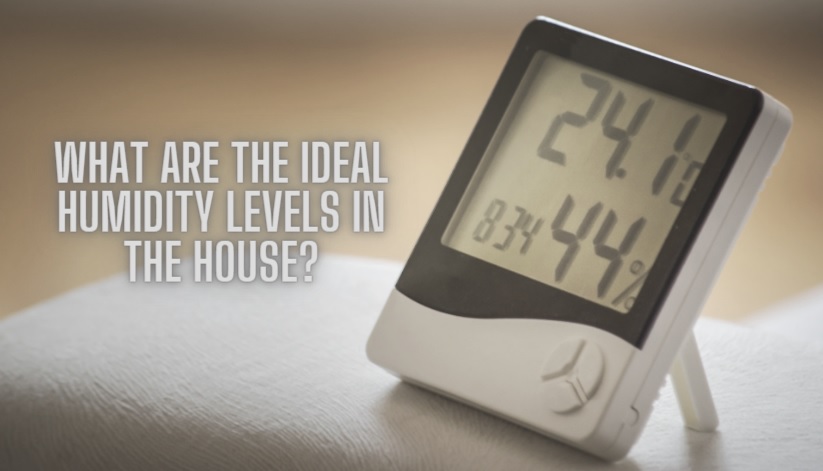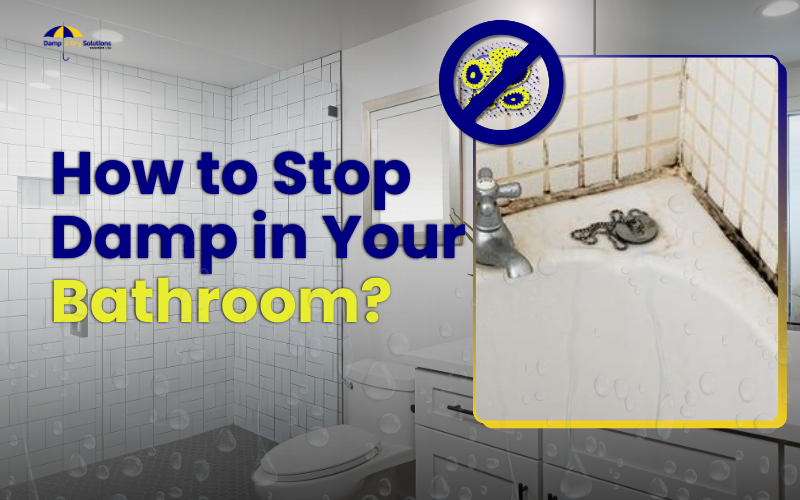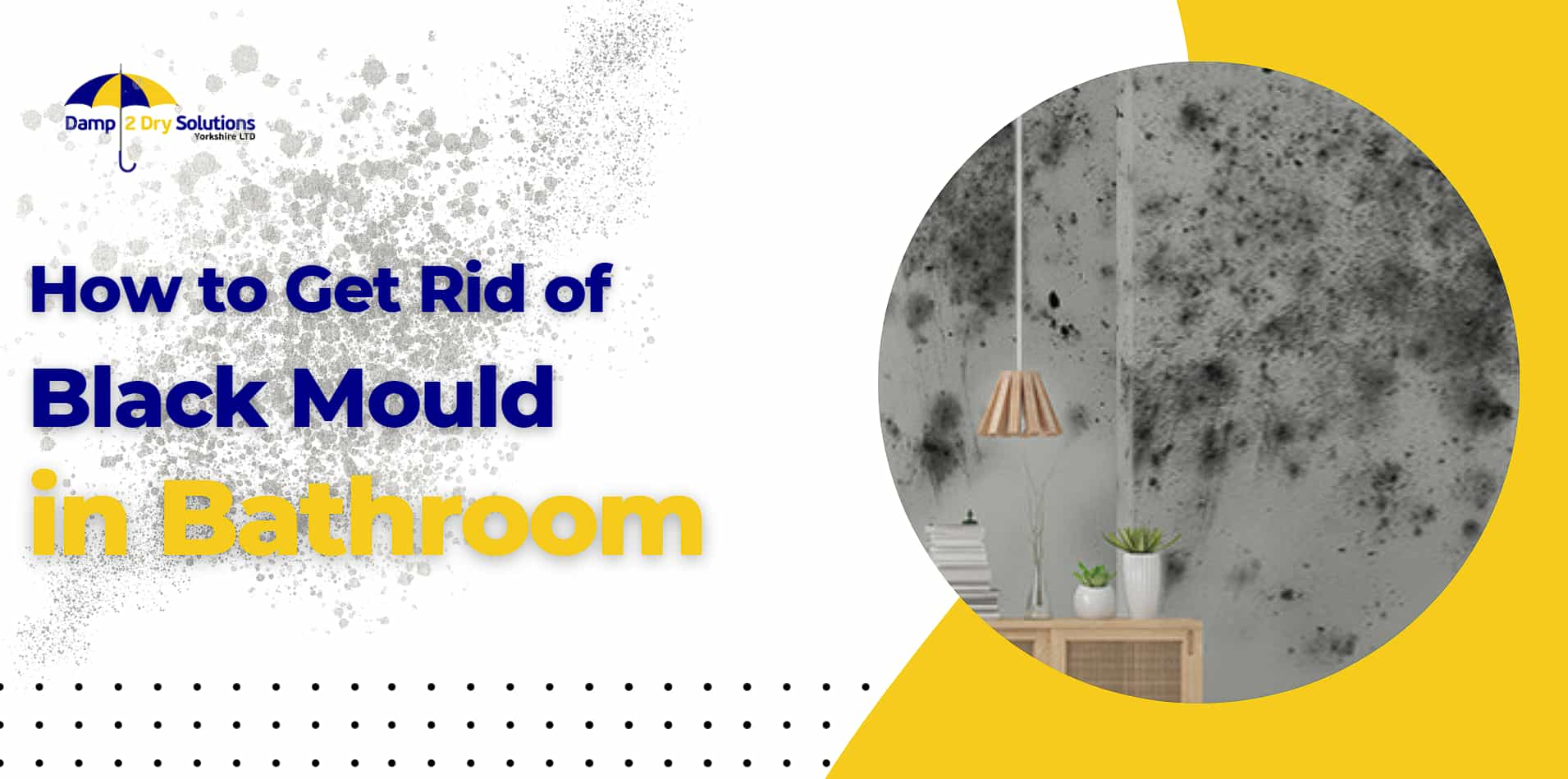Damp proof paints as its name itself define its property as these are paints that provide a shield to exterior and interior walls against the damp. However, these are damp-proof paints that contain plastics that prevent your wall from damp, humidity or water vapour. But as time passes, these exterior damp proof paint become bad for your home. Yes, it is true they prevent your walls from excessive rain but these damp proof paint walls retain the moisture in walls only and stop this humidity from escaping into the environment.
Are you also tired of dealing with wet walls and ceilings, and looking forward to its solution? If so, you’re not alone. In this write-up, we will elaborate on what is wrong with the damp proof paint walls.
In addition, you will find as these damp proof paint walls are meant to prevent water from pouring inside the walls then why these walls are facing the issue of humid walls, what remedies you can opt for to replace these damp proof paints, and how you can prevent your home from humidity. Let’s talk about the issue and solutions in detail.
What’s wrong with the damp proof paint walls?

It has been observed that we people are using plastic paints to make their exterior and interior beautiful. Though this looks beautiful, but for a certain time. After some time, these walls start to peel paint because of moisture.
The reason for this moisture is rain and humidity, these hold the water on the exterior walls. These walls look forward to drying when the weather is favourable conditions of dry and heat. But when the weather does not support these walls, they start looking for ways to dry themselves by entering the inner walls.
When it starts entering the inner walls, it starts peeling the inner paint with dust and cement. Resultant, your walls look ugly with the brick structure. The reason for this shedding of paint is, that the water is unable to hydrate from these walls as plastic paint refrains moisture from evaporating in the atmosphere.
You might be wondering what options available you have. Let’s find out in the below section.
What are the options available to replace the paint?
It is very important to find the best and most persistent solution to stop the entrance of moisture inside the walls. There is no permanent solution for this. However, you can stop this by applying the dampproof solution. This can keep your walls free from moisture for approximately 20 years.
It is important to note you must have an idea about the moisture level of your walls, Only then you can apply dampproofing to your walls. However, you can take the help of the experts who will detect the moisture level of the wall, and start providing the treatment to your walls. So that, they can remain young and shiny everlasting.
Why Dampproof is a Substitution of Plastic Paint
We have already seen that plastic paint refrains from excreting water vapour from the walls. In addition, many companies assert that their paint is microporous which allows water vapor to escape from the walls. But in reality, there are no such things that exist. Instead, these paints peel off from the walls and allow water to insert inside the walls.
However, dampproofing is the solution to it, because it allows walls to excrete water vapor from the walls, as it comes up with the microporous.
In addition, the dampproofing prevents walls from rising damp, wet rot, penetration damp, metal corrosion, wood rotten, mould growth, and building structure weakening.
FAQs
Q1. Is damp-proof paint a permanent solution?
A1. A big No, Damp proof paint offers a temporary solution, as its effectiveness can diminish over time due to environmental factors.
Q2. Can damp-proof paint prevent mold growth?
A2. Damp-proof paint helps to block moisture from entering, but it might not prevent the growth of mould if the root causes of the moisture issue are not dealt with.
Q3. Does damp-proof paintwork on all types of surfaces?
A3. No, damp-proof paint is not applicable for all surfaces, although it is most effective on porous surfaces; however, its long-term performance can vary based on the material and weather exposure.
Q4. Can I apply damp-proof paint myself?
A4. While DIY application is possible, it’s recommended to consult professionals to ensure proper surface preparation and application.
Q5. Is damp-proof paint a substitute for repairing cracks and leaks?
A5. No, damp-proof paint should not be a substitute but rather a supplementary measure. Repairing cracks and leaks is crucial to prevent moisture infiltration.
Conclusion:
Your quest for a dry, pristine home concludes with damp-proofing. By tackling moisture at its root, you’re securing a resilient and attractive living environment. Don’t let dampness reign – embrace lasting solutions and bid farewell to peeling paint and compromised structures.






